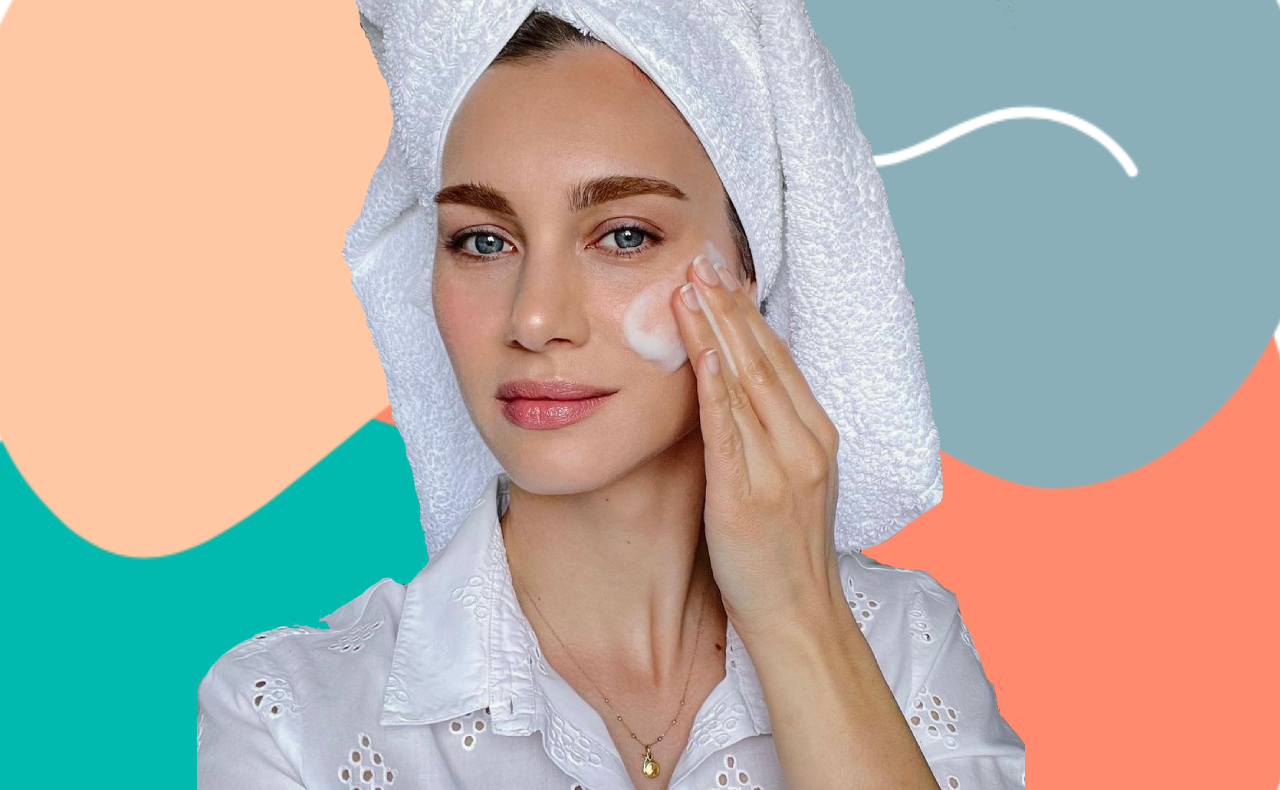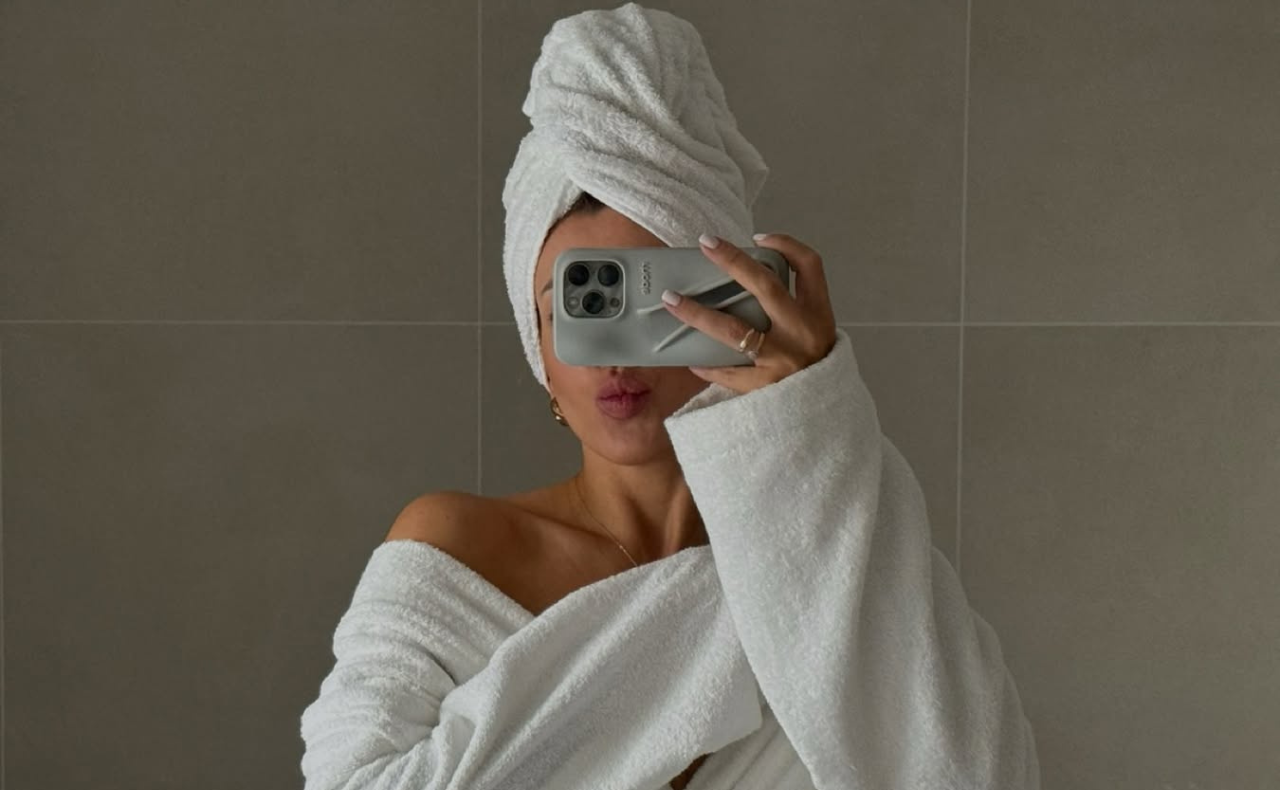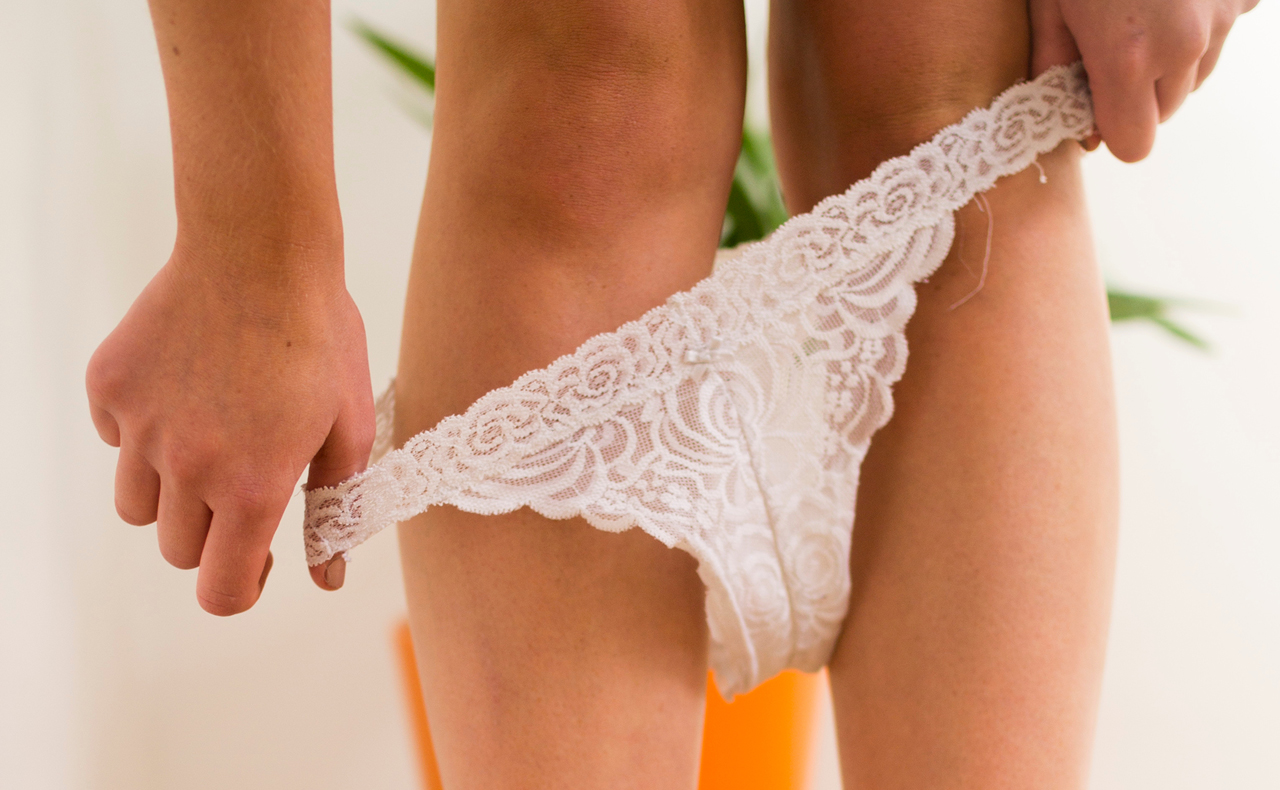When the weather heats up, there’s nothing better than hitting the beach for a swim or heading to the park for a picnic. That is, unless you get sunburnt. Australians are still not being cautious enough when it comes to sun protection on these warm summer weekends. In research conducted by the Cancer Council over 2016 and 2017, it was found that over 2.7 million adults still get sunburnt on summer weekends.
RELATED: The best sunscreen lotions to suit every taste
RELATED: Sunburn remedies for your face
We chatted with Fabrizio Spada, Ph.D., R&D Manager at Ego Pharmaceuticals, to find out how to improve on our sun protection and how to reduce sunburn redness as quickly as possible…
Preventing sunburn
Everyone knows that they should be slip, slop, slapping but the stats don’t lie – Aussies are still getting burnt. Why? “The main mistake is in the application of sunscreens, of all types and rating. The product should be applied ~20 minutes before exposure to the sun, to allow the formation of a homogeneous film on the skin, and provide correct, even protection,” says Dr. Spada. “The appropriate thickness and evenness are crucial for achieving the SPF listed on the product. The amount required is 2 mg/cm2, which is the thickness SPF is tested at, and equates to one whole teaspoon of sunscreen to cover the face and neck area.”
And if you’re out in the sun and have a feeling you might already be getting burnt? “Once the skin has received damage and the signs are clearly detectable, the best thing to do is to get out of the sun, if possible,” says Dr. Spada. “Shade is recommended, but there is a lot of reflective surfaces outdoors that still project a considerable amount of UV radiation. Staying indoors and cooling down is the best way to stop damage and start addressing any erythema that may appear.”
Your ideal daily sun protection
“Applying the highest SPF protection everyday is essential, however if our daily activities take us outside in the sun for a considerable part of the day, applying a sunscreen once in the morning is not enough,” explains Dr. Spada. “The recommendation is to reapply every 2 hours, since the protective film must maintain critical thickness and homogeneity throughout the exposure time. While sunscreens are a fundamental protection factor, appropriate clothing such as wide brim hat, long sleeves and sunglasses are also part of the best strategy to minimize skin damage. While sunscreens are well developed and thoroughly tested, they are not complete sunblocks, and all the appropriate recommendations should be followed.”
The best and quickest ways to reduce sunburn redness
“As sunburn is an inflammatory reaction to sun damage, reducing the inflammation and maintaining skin barrier functions are paramount. A good aftersun product such as SunSense Aftersun Gel or Spray are well suited for tired skin that appears stressed and red. Containing anti-oxidants Vitamin C and E, as well as Grape Seed polyphenols, it contributes to restoring the proper functions of the skin and helps to reduce further moisture loss, re-hydrating the skin,” explains Dr. Spada. “If the sunburn is considerable, Dermaid spray is a quick way to address the inflammation with hydrocortisone in a convenient form. Being a dissolved form of hydrocortisone, its action is quick and will allow to move past the inflammatory stage to start applying a moisturizing product, which will improve or restore proper barrier functions, which may have been impaired by UV exposure.”
After-sun products to try…
Hamilton Sunburn Relief and Repair

This after-sun gel works to cool and rehydrate skin and is free from colour and fragrance.
Find out more about Hamilton Sunburn Relief and Repair >
SunSense Aftersun Cooling Spray

This after-sun cooling spray contains vitamin c and grape seed polyphenols that work to moisturise the skin and provide antioxidant protection.
Read reviews for SunSense Aftersun Cooling Spray >
Plunkett’s Certified Organic Aloe Vera Spray

This aloe vera spray is refreshing, relieving and soothing. It contains 99% pure Aloe Barbadensis and allantoin (which is known for its skin restoring qualities).
Read reviews for Plunkett’s Certified Organic Aloe Vera Spray >
Le Tan Hydra-Infusion After Sun Mask

This after sun mask is infused with aloe, hyaluronic acid, chamomile, cucumber and vitamins E and B5 fto cool and relieve the effects of the sun on the face.
Read reviews for Le Tan Hydra-Infusion After Sun Mask >
Natralus My Little One Make It Better Soothing Repair Balm

Not only is this soothing repair balm suitable for little ones but it can be used for just about everything. This ointment has you covered for sunburn, nappy rash, dry skin, rashes, grazes, scratches, insect bites, wounds and minor burns!
Read reviews for Natralus My Little One Make It Better Soothing Repair Balm >
Thursday Plantation Aloe Vera Gel

This natural moisturiser and emollient has been extracted from Australian grown aloe vera. It can be used for sunburn relief, insect bites, chafing rashes, minor burns and minor skin irritants.
Read reviews for Thursday Plantation Aloe Vera Gel >





Great options, never tried the Hamilton repair